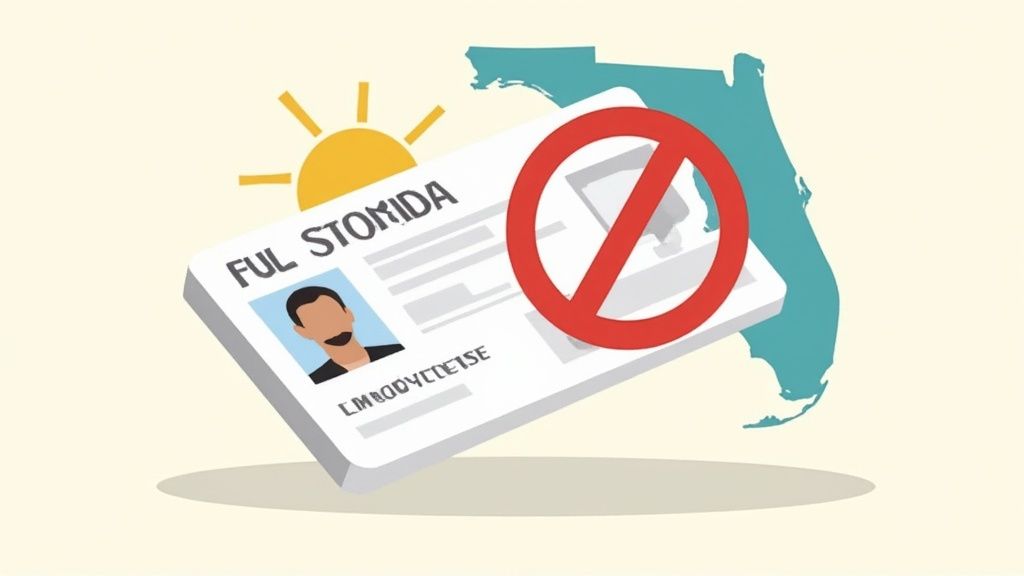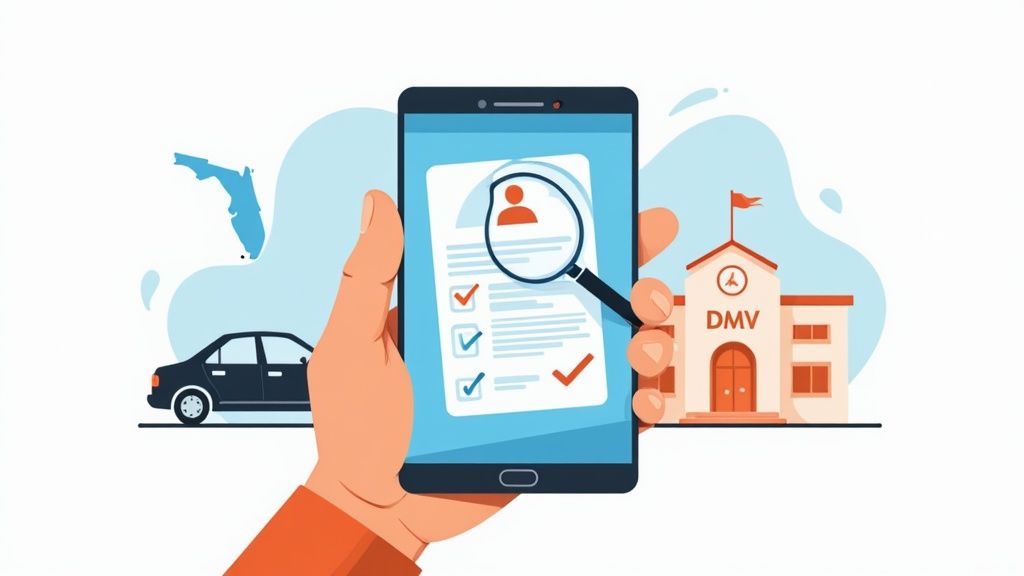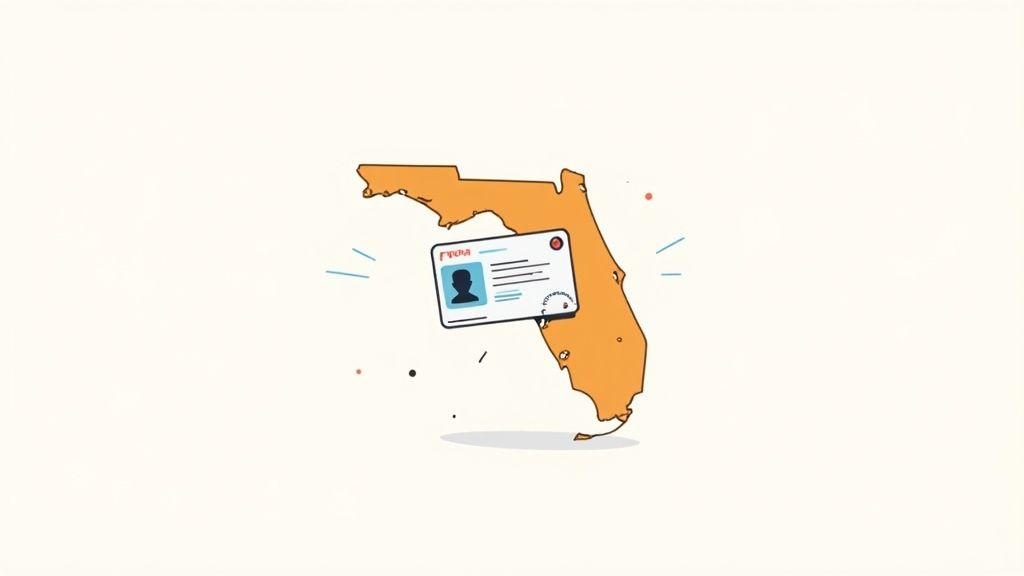Road accidents claim over 38,000 lives annually in the United States, making safe driving skills more important than ever. Most crashes result from preventable mistakes that proper preparation and awareness can eliminate.
We at DriverEducators.com compiled these essential safe driving tips to help you stay protected on every journey. These proven strategies will transform your driving habits and keep you safer behind the wheel.
What Should You Check Before Starting Your Car?
Your pre-drive routine determines whether you arrive safely or become part of accident statistics. The National Highway Traffic Safety Administration reports that mechanical failures contribute to crashes, while driver preparation issues cause far more accidents that proper checks could prevent.
Vehicle Inspection Essentials
Walk around your vehicle before every trip and check tire pressure monthly, as underinflated tires reduce fuel efficiency by up to 3% and increase blowout risk. Inspect your tires for visible damage, uneven wear patterns, or objects stuck in the tread. Test your headlights, taillights, brake lights, and turn signals weekly since 40% of drivers operate vehicles with at least one burnt-out bulb.
Check fluid levels (oil, coolant, and windshield washer fluid) every two weeks. Low brake fluid or engine oil can lead to complete system failure without warning. These simple checks take less than five minutes but prevent costly breakdowns and dangerous situations. Regular maintenance including these inspections can prevent many accidents caused by vehicle malfunction.

Optimal Seat and Mirror Setup
Position your seat so you can fully depress the brake pedal while you maintain a slight bend in your knee, with your back firmly against the seat. The steering wheel should sit 10 inches from your chest to prevent airbag injuries during deployment. Adjust your rearview mirror to frame the entire rear window and position side mirrors to eliminate blind spots completely.
Set side mirrors so you can barely see the edge of your vehicle, which reduces blind spots by up to 90% compared to traditional mirror positions. Check that your headrest aligns with the top of your ears to prevent whiplash injuries.
Weather and Road Assessment Strategy
Check weather conditions and traffic reports before you depart, as wet roads increase braking distances and require speed reductions of 5-10 mph below posted limits. Plan alternative routes when construction or accidents create delays, since rushed drivers face 40% higher crash risk.
During rain, snow, or fog, increase your following distance to four seconds minimum and turn on headlights even during daylight hours. Temperature drops below freezing create black ice conditions that demand extreme caution on bridges and overpasses where ice forms first. Winter driving conditions require additional vehicle preparation including battery tests and emergency kit checks.
These preparation steps set the foundation for safe travel, but your actions behind the wheel matter even more. Defensive driving techniques help you anticipate and avoid dangerous situations that catch unprepared drivers off guard.
How Do You Stay Alert to Road Dangers?
Defensive drivers transform themselves into safety experts who anticipate problems before accidents occur. These proactive drivers develop enhanced awareness skills that help them identify and respond to potential hazards more effectively than reactive drivers who only respond after dangers appear. This proactive approach requires constant awareness of your surroundings, proper spacing from other vehicles, and speed adjustments that match real road conditions rather than posted limits.
Proper Vehicle Spacing Techniques
Keep a minimum four-second distance in normal conditions. Pick a fixed object ahead and count the seconds between when the lead vehicle passes it and when you reach the same point. Increase this to six seconds during rain, eight seconds in snow, and ten seconds in heavy fog or ice conditions. The Insurance Institute for Highway Safety focuses on rear crash prevention technologies that help drivers avoid colliding with other vehicles or fixed objects. Traffic density requires even more space since multiple vehicles ahead can create chain-reaction stops that demand extra reaction time.
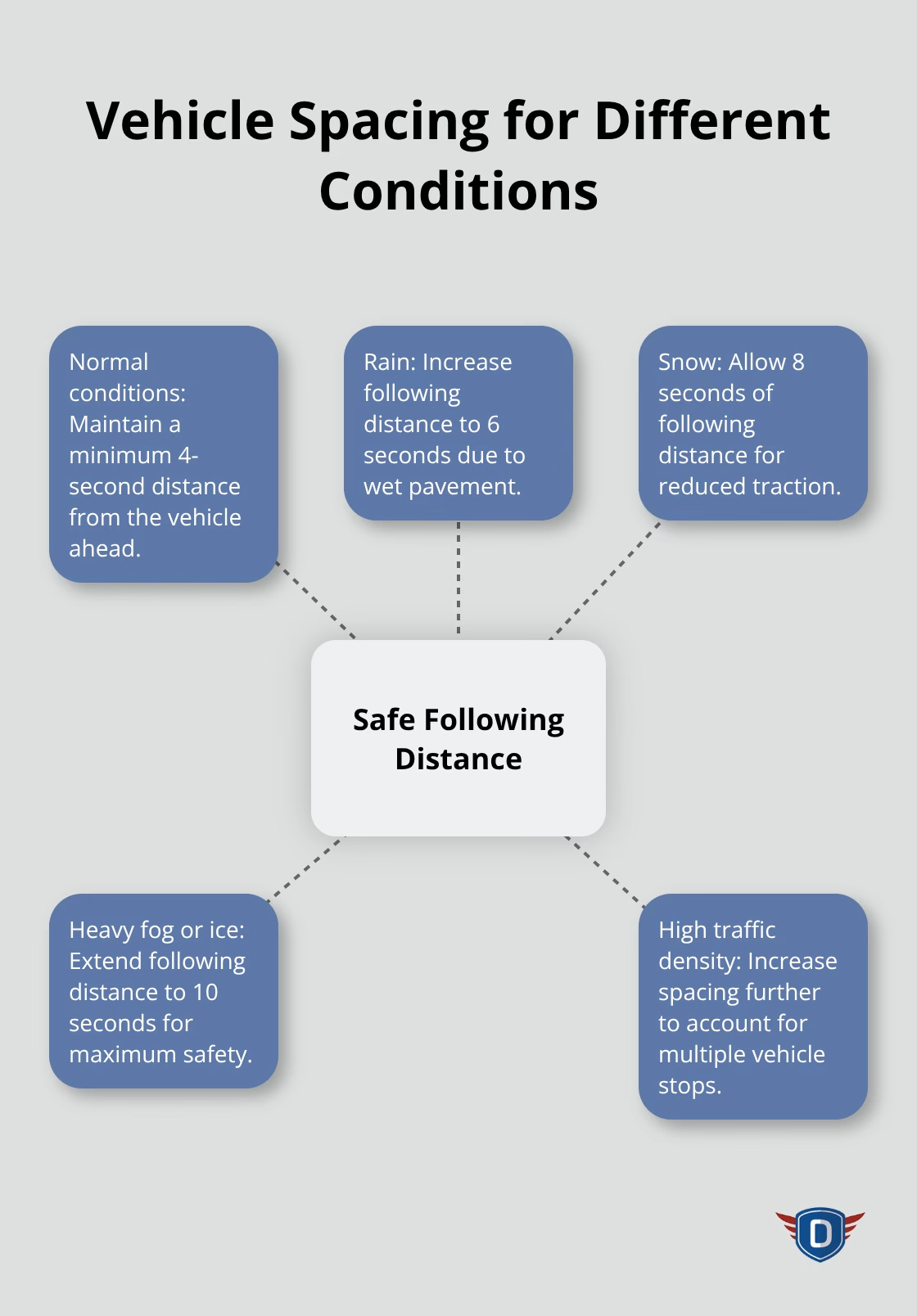
Continuous Hazard Scanning Methods
Scan the road 12-15 seconds ahead while you check mirrors every 5-8 seconds to track vehicles in adjacent lanes and behind you. Watch for brake lights, erratic lane changes, vehicles that enter from ramps, and pedestrians near crosswalks or parked cars. Professional truck drivers use the Smith System which emphasizes far-ahead vision, space cushions, and the big picture of traffic patterns. This systematic approach identifies potential problems early enough to take evasive action rather than emergency stops.
Speed Management Beyond Posted Limits
Drive 5-10 mph below speed limits during rain since wet pavement doubles stopping distances, and reduce speeds 15-20 mph in snow or heavy fog. Construction zones demand immediate speed reductions regardless of posted work zone limits, as lane shifts and worker presence create unpredictable situations. The National Safety Council data shows that appropriate speed for conditions prevents more accidents than simply adherence to posted speed limits. Night conditions require similar speed reductions since headlight range limits your ability to see hazards until you approach them more closely.
These defensive techniques prepare you for most road situations, but certain hazards require specific responses that standard defensive practices cannot address alone.
What Road Hazards Require Immediate Action?
Real road hazards test your defensive driving skills and demand specific responses that differ from standard safety protocols. The National Highway Traffic Safety Administration reports that aggressive drivers contribute to 56% of fatal crashes, while construction zone accidents increase by 25% during peak construction months. Emergency situations like tire blowouts or sudden mechanical failures catch most drivers unprepared and lead to overcorrection accidents that cause more damage than the original problem.
Neutralize Aggressive Driver Encounters
Aggressive drivers pose immediate threats that require strategic responses rather than emotional reactions. Never make eye contact with aggressive drivers, as this escalates confrontations in 73% of road rage incidents (according to AAA Foundation research). Create space when you change lanes safely or pull into parking lots if someone follows you aggressively.
Keep doors locked and windows up while you avoid gestures or responses that provoke further aggression. Call 911 if threats continue or someone exits their vehicle to approach yours. Speed up only enough to maintain safe distance without you exceed speed limits, as aggressive drivers often use your speed against you in confrontations with law enforcement.
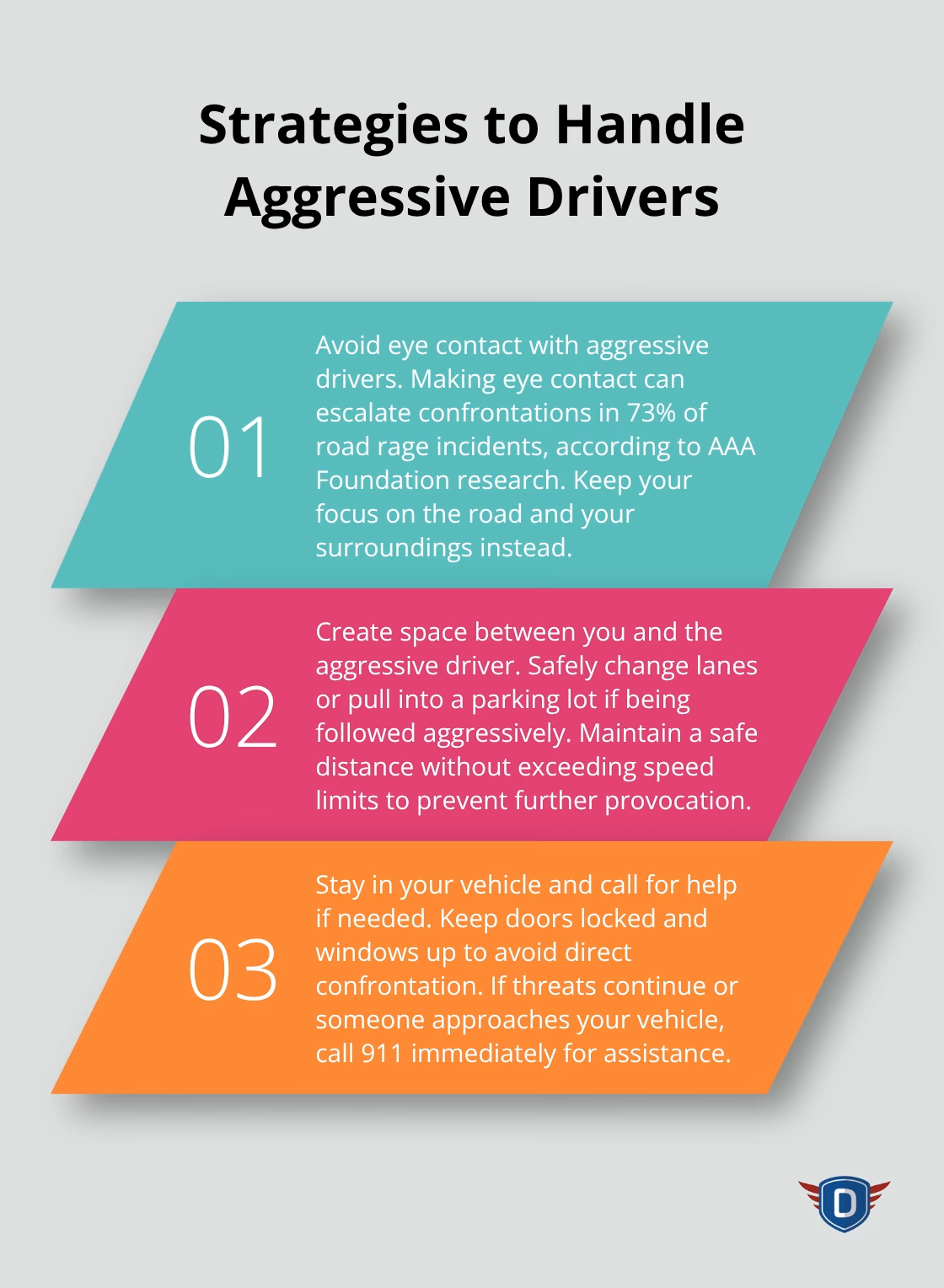
Navigate Construction Zones Strategically
Construction zones demand immediate speed reductions and lane position adjustments that many drivers ignore until too late. Merge early when you see lane closure signs rather than race to the merge point, as last-second merges create bottlenecks and rear-end collisions. Highway workers experienced 108 fatalities in 2021 and 94 in 2022, highlighting the critical need for caution around work zones.
Orange barrels and cones indicate active work areas where violations result in fines starting at $50 and worker safety takes priority over travel time. Watch for flaggers who control traffic flow and stop immediately when they signal, as their authority supersedes traffic signals in work zones.
Execute Emergency Response Protocols
Tire blowouts require specific actions that prevent the overcorrection accidents responsible for most blowout fatalities. Grip the wheel firmly and avoid immediate brake application after a blowout occurs. Gradually reduce speed while you steer straight and signal toward the shoulder once you regain control.
Engine failures or brake problems require immediate hazard light activation and movement toward the right shoulder when possible. Exit vehicles on the traffic-side away from traffic and stand behind barriers or well off the roadway while you wait for assistance. These emergency protocols prevent secondary accidents that injure more people than original mechanical failures.
Final Thoughts
Safe drivers apply proven techniques consistently to prevent accidents before they occur. Pre-drive inspections, proper distances, and hazard awareness create the foundation that protects you and other drivers. These fundamentals work only when you practice them daily until they become automatic responses.
The four-second rule, mirror checks every 5-8 seconds, and speed adjustments for conditions must become instinctive decisions. Professional instruction reinforces proper techniques and corrects bad habits that develop over time (especially for new drivers who need structured guidance). We at DriverEducators.com offer driver education programs with certified instructors who help students master safe driving tips through personalized instruction.
Road safety statistics improve when drivers commit to lifelong education rather than treat their license as the end of learning. Regular practice of defensive techniques, staying current with traffic laws, and refreshing emergency response skills separate safe drivers from accident statistics. Your commitment to these practices determines whether you arrive safely or become part of the 38,000 annual traffic fatalities.
